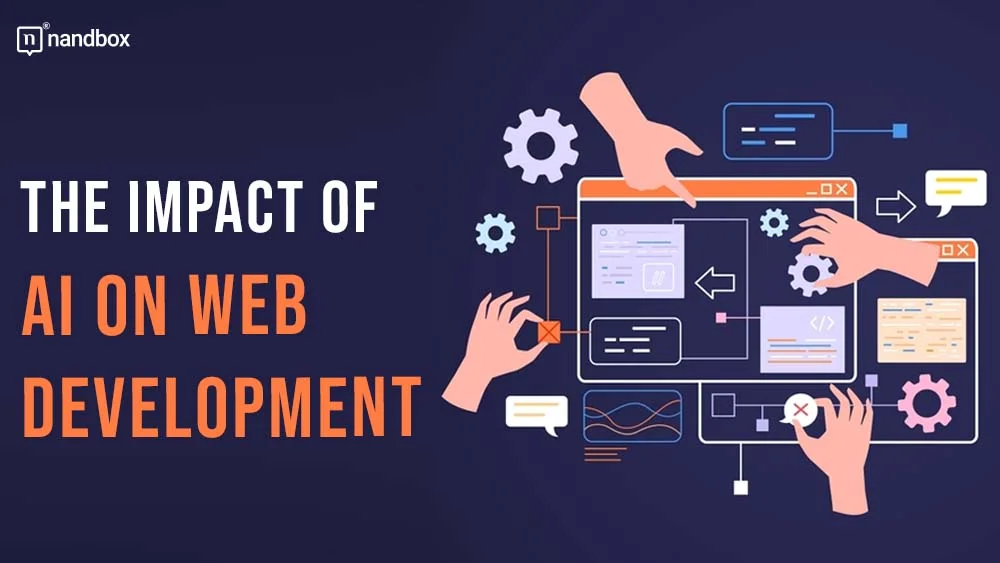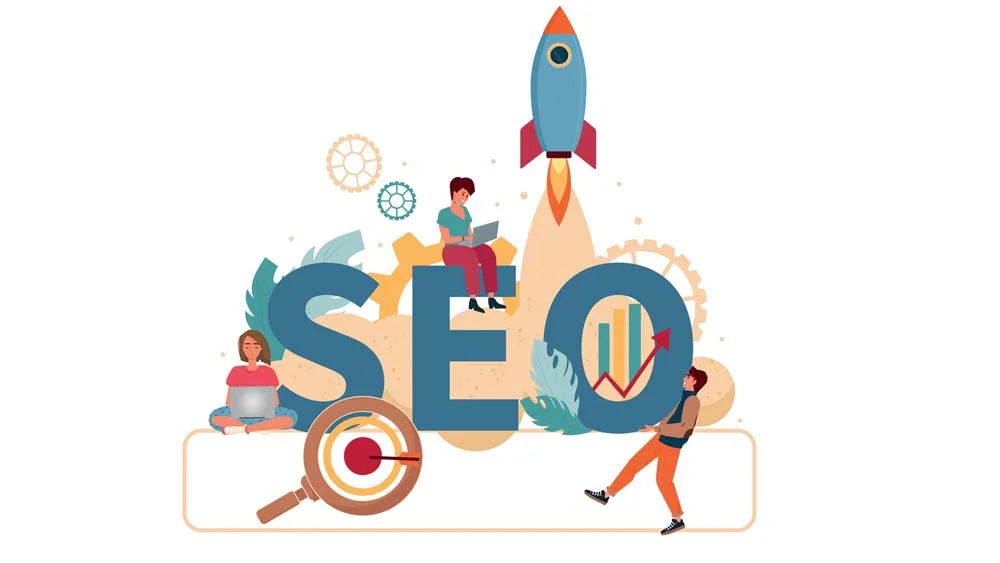The use of artificial intelligence (AI) in web development has changed the digital world dramatically in recent years. The impact of AI on web development are expected to be even more significant by 2024. We will examine the condition of web development today, how AI will affect it going forward, and what opportunities and difficulties lie ahead in this piece.
It is anticipated that the global market for artificial intelligence (AI) software will expand quickly in the upcoming years, hitting 126 billion dollars by 2025. Numerous applications, including machine learning, robotic process automation, and natural language processing, are part of the broader AI sector.
AI in Web Development
When it comes to web creation, artificial intelligence is the application of sophisticated algorithms and machine learning methods to produce dynamic, interactive websites. Websites may employ AI to automate tedious operations, customize the content, and analyze user behavior. All of which improve the user experience in the end.
AI’s Impact on Web Development
AI has had a significant impact on web development, completely changing the way websites are created, maintained, and designed. Artificial Intelligence has become a vital tool for web design agencies in Melbourne, helping with anything from process optimization to predictive analytics. Node development with AI technologies allows developers to create dynamic, responsive applications that can learn and adapt over time. As both fields evolve, the potential for innovative applications continues to grow. If you have a specific project or idea in mind, I can help you brainstorm further!
Understanding AI’s Impact on Web Development
Web developers, companies, and industry experts need to understand how artificial intelligence (AI) is changing the web development landscape as 2024 draws near. Maintaining competitiveness and satisfying the constantly evolving needs of internet users will require an understanding of these developments.
1. Personalized User Experience
To provide individualized experiences, AI and ML systems examine user behavior, preferences, and demographics. Websites can personalize content and products to each user through methods including recommendation algorithms, dynamic content creation, and predictive analytics. This boosts user engagement and conversion rates.
2. Enhanced Search and SEO
Search engines are increasingly using AI to enhance user experience and search results. Web developers can improve website search functionality by including natural language processing (NLP) techniques and AI-powered search algorithms. This makes it possible for visitors to discover relevant content more quickly and accurately. This enhances search engine optimization (SEO) efforts, increasing the visibility and rating of a website.
3. Development Process Automation
Through automation, AI and ML simplify a number of web development processes. With AI-powered tools and platforms, tasks like code generation, testing, debugging, and optimization may be automated. This improves code quality, decreases human error, and speeds up the development process. For instance, Node development with AI technologies allows developers to create dynamic, responsive applications that can learn and adapt over time. As both fields evolve, the potential for innovative applications continues to grow. If you have a specific project or idea in mind, I can help you brainstorm further!
4. Accessibility
In order to enhance website layouts and guarantee responsive design, machine learning algorithms examine user interactions across various devices and screen sizes. Additionally, by offering capabilities like screen readers, voice navigation, and alternative text for images, AI-powered accessibility tools assist web developers in building inclusive websites that accommodate users with disabilities.
5. Predictive Analytics
With predictive analytics, web developers can extract useful insights from user data thanks to AI and ML. Additionally, developers can enhance website performance, user engagement, and conversion rates by employing data-driven decision-making techniques to examine patterns and trends in user behavior. Future development initiatives can benefit from these insights as well, as they allow for ongoing optimization and improvement.
6. Fraud Prevention
AI-driven security solutions are essential for protecting user data and websites against fraud and cyber threats. Massive data sets are analyzed by ML algorithms, which then use the information to find patterns, spot possible security lapses, and instantly reduce risks. Artificial Intelligence (AI) improves website security and user confidence by adopting multi-factor authentication, identifying malware, and thwarting phishing efforts.
7. Language Processing
Chatbots and virtual assistants driven by AI are becoming more common in web development. Also, these conversational interfaces use machine learning and natural language processing (NLP) techniques to comprehend and reply to user inquiries. Chatbots simplify customer service, increase user pleasure, and increase user engagement by offering immediate assistance and support.
Navigating The AI Landscape
1. Continuous learning and skill enhancement
Due to the quick speed at which AI and ML are being developed, web developers need to keep up with the latest developments in their profession in order to stay relevant. It takes perseverance and a commitment to continual learning to keep up with developing technologies, pick up new programming languages, and become proficient with AI-driven development tools.
2. Data management and privacy issues
In order to train algorithms and provide predictions, AI and ML mostly rely on data. In order to ensure the quality, integrity, and security of the data utilized in AI-driven apps, web design agencies in Melbourne must successfully negotiate the challenges of data management. To safeguard user data and preserve confidence, they also need to handle privacy issues and adhere to laws like the General Data Protection Regulation (GDPR).
3. Collaboration
The increasing integration of AI and ML into web development workflows requires developers to work together efficiently with AI tools and systems. The increasing integration of AI and ML into web development workflows requires developers to work together efficiently with AI tools and systems. Engaging with top AI consulting companies can provide valuable insights into how AI may supplement and enhance development processes. By leveraging automation and predictive analytics, developers can boost productivity and streamline workflows, making collaboration with AI not just beneficial but essential for success.
4. Experience
As AI-powered applications and interfaces have increased, users have grown to anticipate sophisticated, tailored online experiences. In order to satisfy these higher standards, web developers must use AI and ML to provide personalized content, intelligent suggestions, and frictionless user experiences. The top low-cost web design business in the USA claims that a thorough understanding of both human behavior and AI capabilities is necessary to strike a balance between user wants and technology capabilities.
Conclusion
A paradigm shift in web development is being driven by AI and ML, which gives developers the ability to design websites and applications that are more intelligent, personalized, and effective. Web developers may provide seamless user experiences, maximize performance, and maintain their competitive edge in today’s cutthroat digital market by utilizing AI.




